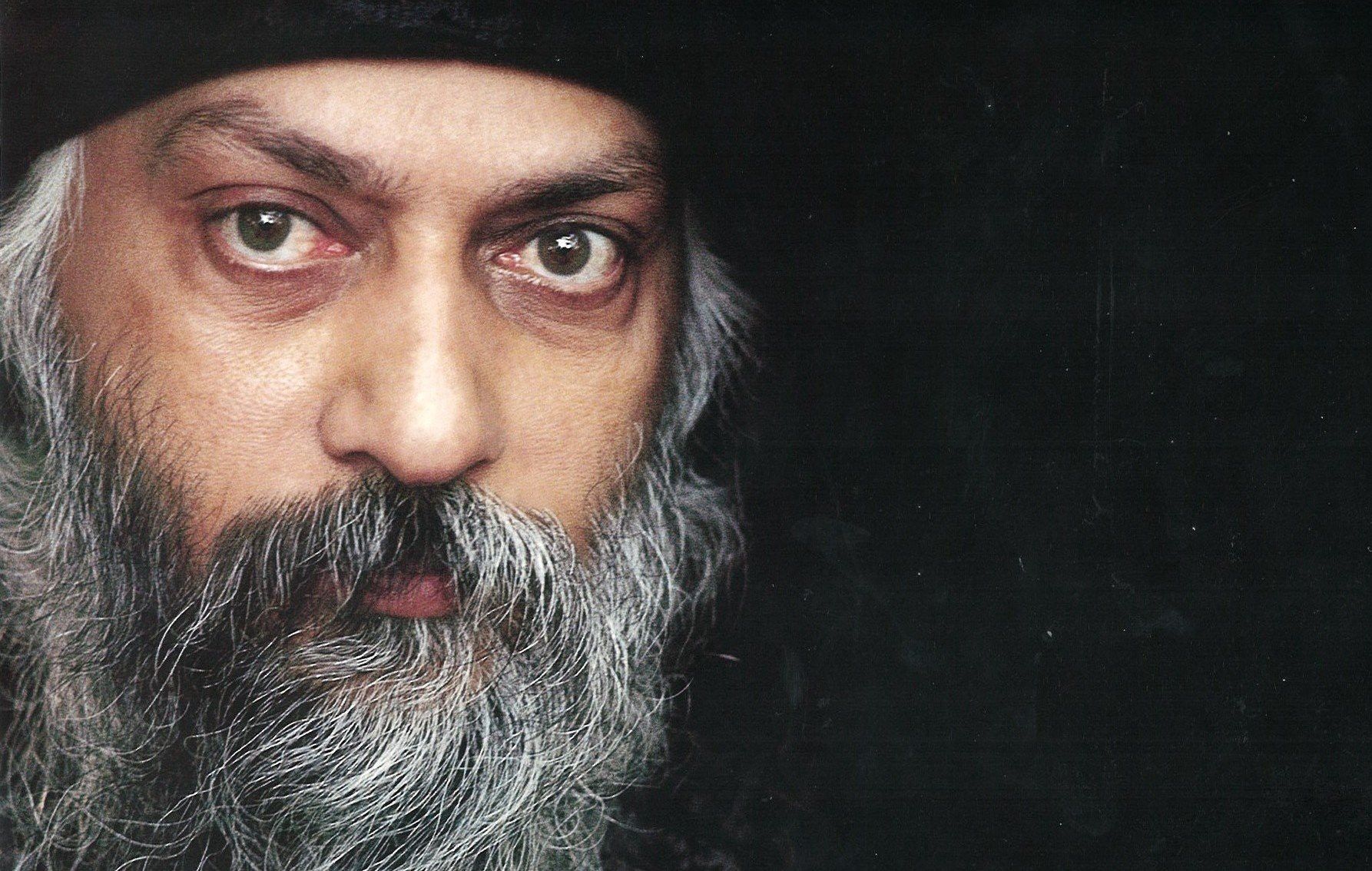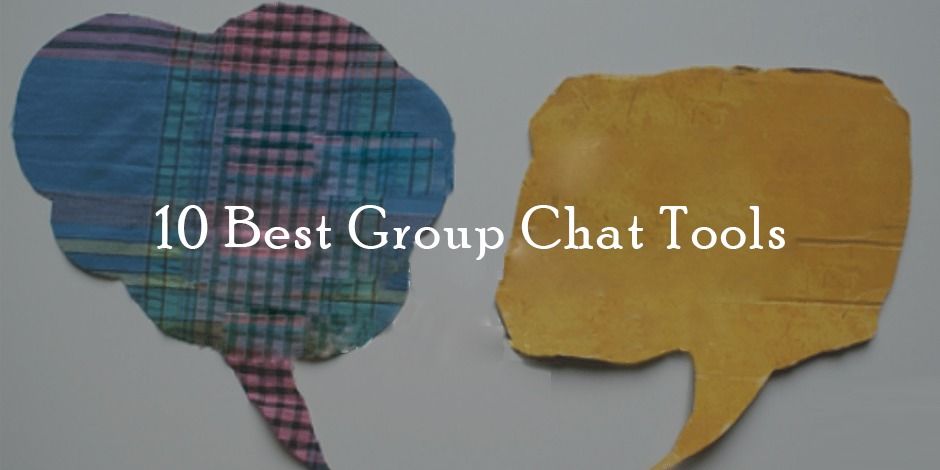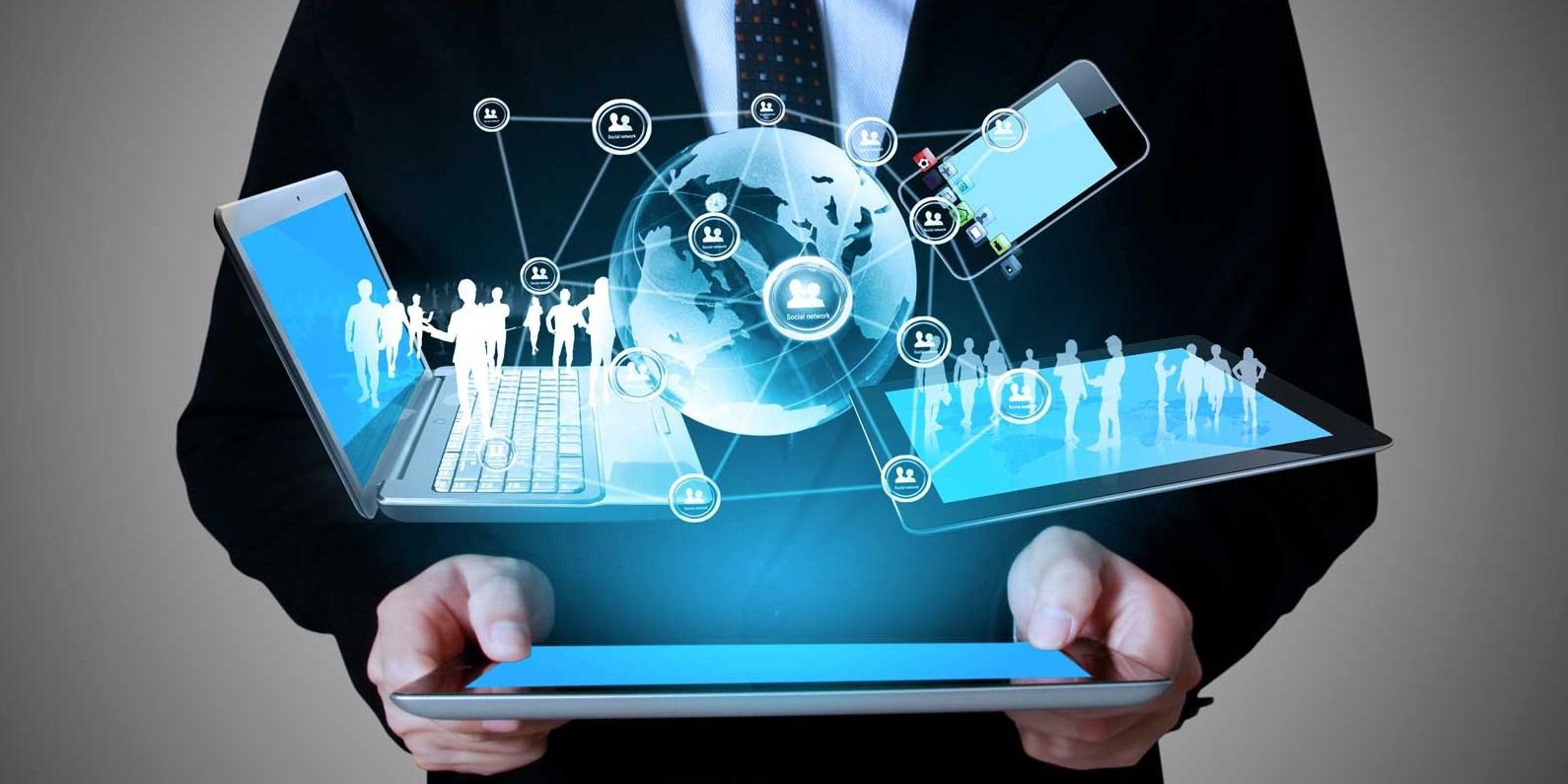

The Blockchain & IoT Technology Stack
Our world is constantly changing. In the 1980s, only a few universities and military agencies made use of global networks.
Our world is constantly changing. In the 1980s, only a few universities and military agencies made use of global networks. Today, even kids run their YouTube channels and babies wear trackers that help their parents spot health problems quickly. Similarly, modern technologies look unusual at first but they stand a good chance of reshaping the existing industries.
Today, we’re going to focus on highly promising innovations: blockchain and IoT. To see how popular they are, just look at the numbers provided by Statista, Gartner, Business Insider, IDC, and Bain & Company:
● The number of blockchain wallet users increased from 6.6 million in Q1 2016 to 34.6 million in Q1 2019, that’s almost a six-fold increase.
● The size of the Bitcoin system increased from 53 gigabytes in Q1 2016 to 210 gigabytes in Q1 2019 - a four-fold increase.
● The number of IoT devices almost doubled from 6.3 billion in 2016 to 11.2 billion in 2018. It’s estimated that the network can grow to 20.4, 24 or even 30 billion gadgets by 2020!
● The IoT market revenue is expected to double from $151 billion in 2018 to $357 billion by 2020, and triple to $450 billion by 2021.
The cooperation between blockchain and IoT experts can lay a solid foundation for a completely new market with even higher revenues and popularity.
Understanding the Differences
Once these two innovative systems are combined, the world of technology will certainly undergo disruptive changes. Hence, it should be useful to know a bit more about both concepts to be able to analyze their mix.
Blockchain
The idea of blockchain is pretty simple, but various guides define it differently. Without focusing on tech nuances, we can understand blockchain as a digital-only decentralized database that stores cryptographically protected information.
Internet of Things (IoT)
EY states that the Internet of Things is a network of interconnected devices that can be accessed via the Internet. The IoT ecosystem consists of gadgets that collect, process and share info.
There are five layers of tech stack:
● Hardware: chips, sensors, antennas, controllers, etc.
● Software: operating systems and the code itself.
● Communications: Bluetooth, Wi-Fi, RFID, NFC, satellite, cellular, etc.
● Data: time, location, temperature, position, material, errors, updates, etc.
● Applications: smart homes, wearables, grids, connected cars, etc.
Gadgets get valuable information from sensors and chips, process it, send to the cloud and other devices. For example, a smart window can open at a specified time or roll down the blinds when it detects direct sunrays. As you can see, the IoT technology facilitates routine operations, helps to spot and solve issues quickly. Still, it has a few drawbacks such as data breaches or network attacks that lead to terrible consequences.
Blockchain & IoT Interaction
Merging blockchain and IoT approaches can boost the growth of many industries and solve the existing security issues.
With the growth of IoT ecosystem, cloud networks will become slower and less efficient. Processing times and fees will be increasing constantly. To avoid this, developers can switch to a peer-to-peer network that relies on multiple interconnected computers instead of a single cloud. Thus, devices will interact autonomously, share files in a distributed nature, and enable P2P messaging with owners or third-party systems.
In this case, security and privacy issues are the most essential. Blockchain can prove the reliability of such networks because of nearly perfect transparency and data protection. For instance, smart contracts may trigger specific events only when needed so the entire system will be more energy-efficient. Decentralized IoT platforms will be automated and scalable, but also they will work fine without relying on third-party processors or regulators.
Overall, the tech stack of this combination should feature four elements:
- IoT devices. Physical parts of the ecosystem that collect data and send it to blockchain. Devices will be divided into low-power wearables or sensors, and single-board computers that act as gateways between blockchain and other devices.
- Connection. This element is the same for traditional IoT systems and may include cellular connection, Wi-Fi, NFC, and so on. Developers can combine different levels of bandwidth, power consumption, and range.
- Blockchain platforms. This will be the basis for interactions between IoT systems and applications - the infrastructure that stores and processes data, a protocol that defines blockchain rules, and services that handle app tasks.
- Decentralized applications. DApps are brand-new programs that act as regular applications but are based on blockchain. Using them, people can interact with IoT devices, get data, utilize smart contracts, and ensure the entire system’s security.
As a result, decentralized IoT networks should be perfectly protected from hacker attacks and malfunctions as they don’t rely on a single server and have proper encryption.
Use Cases
The first and the most famous decentralized project focused on the Internet of Things is IOTA. The founders invented their own blockchain-based technology called Tangle. It also utilizes cryptographic algorithms and decentralization concepts, but doesn’t feature blocks or miners. Instead, users can verify the transactions of other users. Tangle has better scalability and cost-efficiency, but there’s still an issue of interconnection with other platforms. IOTA cooperates with a few famous brands now, including Bosch, Fujitsu, and Volkswagen.
Apart from this one, there are a few other projects:
● Hdac. Focuses on smart homes and smart factories with device-to-device connection.
● VeChain. Introduces decentralized tracking chain for logistics, cars, and healthcare.
● Waltonchain. Combines RFID and blockchain to track products and processes.
● Streamr. Allows users to collect personal data from devices and sell it to entities.
Further Development and Challenges
Still, there are some issues to be solved. Since blockchain and IoT are new and unusual concepts, they don’t enjoy high popularity and can’t become a new standard now. Additionally, the mix of the two approaches faces significant tech challenges.
Traditional blockchain platforms like Bitcoin and Ethereum suffer from poor scalability as they can barely meet the requirements of a large audience. Furthermore, even the perfect security of decentralized apps can’t guarantee the same protection for devices. Thus, engineers have to protect physical parts, too. Finally, the main issue of the old-fashioned world is government response to decentralization. As for now, all developers have to consider regulations because we still live in a centralized world.
However, the future of blockchain-based IoT platforms is bright. It’s only a matter of time before we create a sophisticated tech ecosystem for such systems. So, get ready for innovation!





